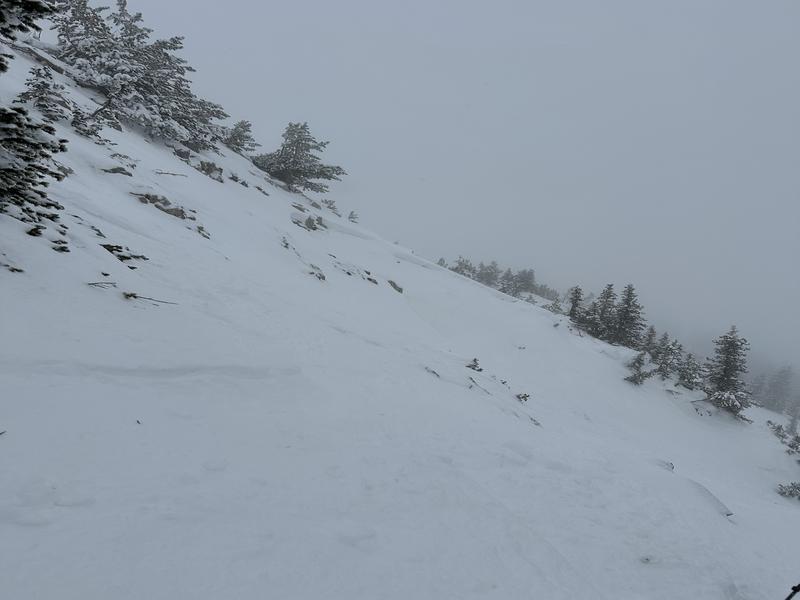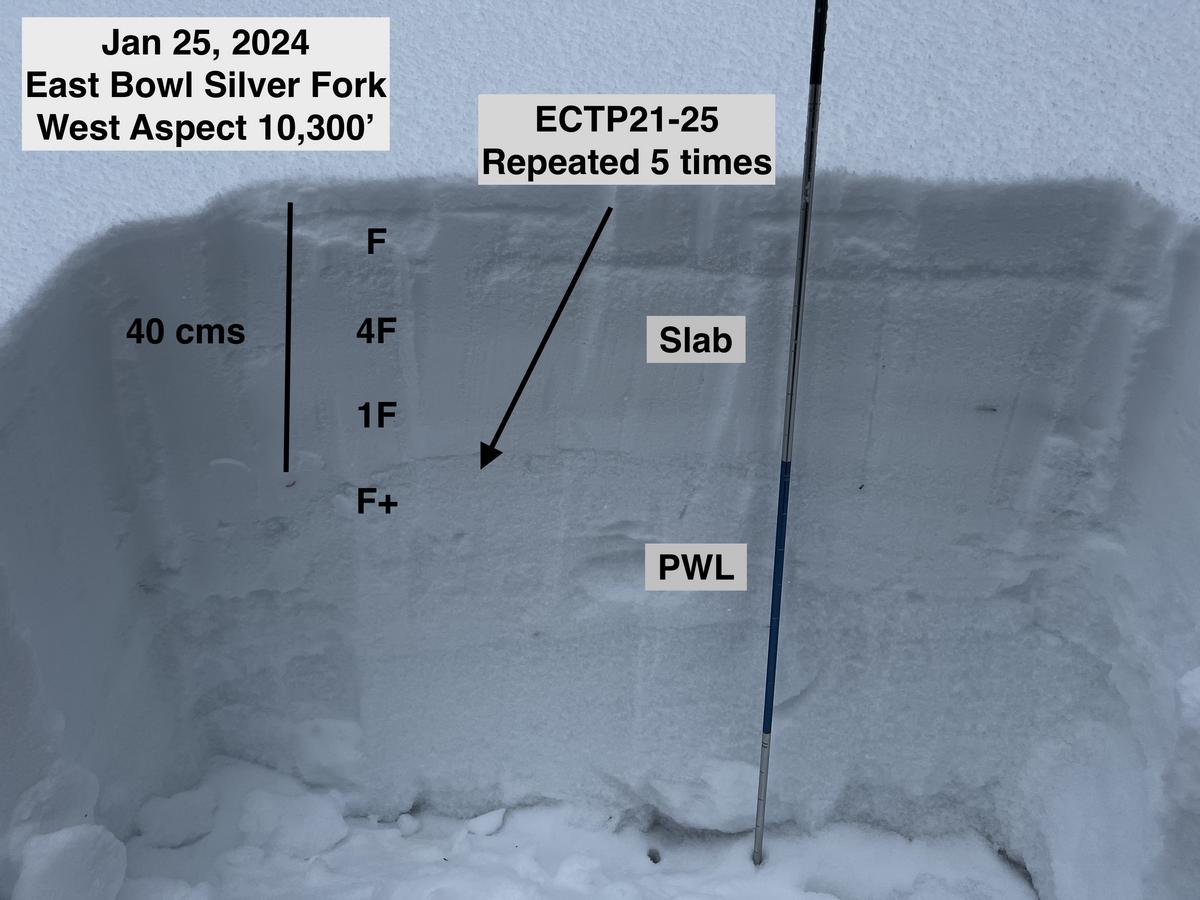Forecast for the Ogden Area Mountains

Issued by Greg Gagne on
Friday morning, January 26, 2024
Friday morning, January 26, 2024
The avalanche danger is MODERATE on most slopes where soft and hard slab avalanches may fail in a persistent weak layer buried 2-5' deep, particularly in areas with a thinner snowpack. Low-elevation sunny aspects facing west through southeast have a LOW danger.

Low
Moderate
Considerable
High
Extreme
Learn how to read the forecast here









